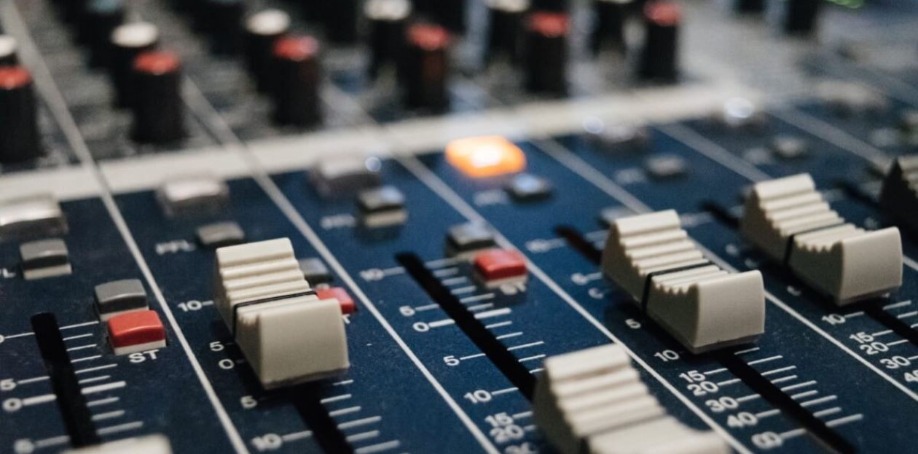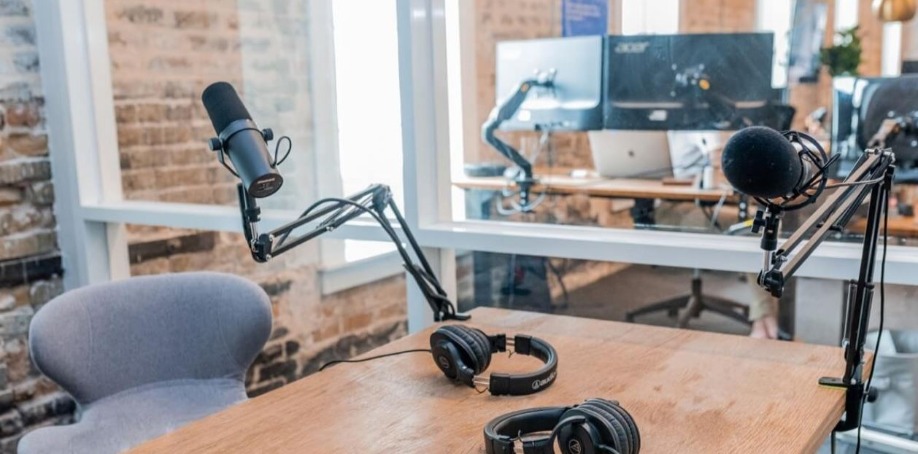
The next time you listen to your favorite podcast or dial into a remote meeting from your desk, chances are it will be audio over IP making everything possible.
Over the last decade, more and more producers, broadcasters and audio professionals have been upgrading their systems from traditional analog to networked audio. With the benefits it offers, it's not hard to understand why.
After a Slow Start, AoIP's Popularity is Soaring
AoIP was adopted rapidly by many in the music production and live sound industry, says Sports Video Group's Dan Daley. In both cases, the cost and risk of upgrading existing systems has been low. Broadcasting and recording are slowly catching up, too. This is in part thanks to the adoption of industry standards, like AES67, as well as the declining cost of networked audio equipment.
Even those recording at home (like podcasters) have started to transition to AoIP solutions, audioXpress' Joao Martins notes. Interoperability is becoming the standard, too. While proprietary solutions such as AVB were the first to start gaining traction, Audinate's Dante — and more recently the truly interoperable AES67 — have become the go-to protocols.
The Most Cost-Effective Way of Transmitting Audio
There's one very good reason that the uptake of AoIP has been increasing in the broadcasting and podcasting space. And like so many other things, it comes down to money.
Transmitting over the internet is by far the most cost-effective solution, says High-Definition Pro editor Vince Tabora. It's also the easiest solution to deploy and one of the most widely available. All you really need is an internet connection to get started.
“Cloud network providers also provide robust services that allow the content to be delivered faster based on region, so this provides low latency and speedy delivery of content,” Tabora writes. “This has been able to speed up the workflow as well, which is crucial to broadcasting when it comes to the latest information.”
Further, having all data — audio feeds, messages, email, VoIP calls — pass through a single transport mechanism brings down the cost of kitting out a broadcast studio or a production studio, Telos Alliance TV Solutions Group's John Shur writes.
Those savings increase when you want to broadcast audio in several locations and over long distances. The team at Worship AVL uses the example of a house of worship. Using AoIP, audio mixes from the main worship area can be instantly sent for playback in Sunday school classrooms or audience overflow rooms. Audio can also be shared between the rooms and transmitted back to the main sanctuary.
With an analog audio system, by contrast, extensive cabling would be required to run to each location from a central venue. Expensive routers and switches would be required, too.

You Can Record and Listen From Multiple Locations at Once
Another huge advantage is being able to record from multiple locations at once, writes Vintage King's Brad Pack. Pack notes that industry experts expect AoIP adoption to significantly increase in small and home studios in the near future.
“This could allow engineers to set up areas to record in various rooms around the house — a walk-in closet for the vocal booth, the bathroom for a reverb chamber, and the hardwood floors in the dining room would be perfect for tracking drums!”
AoIP is essential if you want to send audio outside of a local area network, Telos Alliance CTO Greg Shay says. Audio over Ethernet falls short in this regard, whereas AoIP has the ability to connect buildings, cities and even go global.
Audio over IP is also essential for any organization wanting to record multiple audio streams at the same time. The ability to send audio to multiple remote locations is one of the huge advantages networked audio has over traditional broadcast techniques, says Studio One Expert's Julian Rodgers. It's why live broadcasting was one of the early adopters of AoIP and why the recording and post-production industries have been slow on the uptake. There's not as much benefit to using AoIP if you are only recording in one room, but you still have the disadvantages.
Rodgers thinks this is going to change: "When AoIP reaches critical mass and the inevitable performance increase over time as hardware becomes more capable, I think people not using AoIP will be the exception rather than the rule."
Audio over IP is particularly powerful in broadcasting. Being able to sync up shows recorded in different venues has been incredibly complex and expensive in the past, requiring a lot of manpower and a huge amount of cabling, Michael Grotticelli writes at The Broadcast Bridge.
“Today, that infrastructure is taking advantage of the public Internet and the latest audio-over IP (AoIP) networking technologies to move audio and video signals around town (and across the country). Dedicated fiber-optic lines have also become part of the audio-video equation.”

Scalability, Flexibility and Stability Are Built In
AoIP is much more scalable than traditional audio systems, too. This is great news for small broadcasters and podcasters who have no idea how successful their shows will be or what kind of set up they will need in a few years time.
You simply don't need to worry about upgrades when you use AoIP, Addison Burnside writes at The Telos Alliance blog. It can be incredibly expensive to upgrade your setup when it's built on a proprietary system, but with AoIP it's just a case of buying more switches. Basing your system on IP also makes it easier to upgrade any other systems you have, like on-air phones or satellite receivers.
It's much easier to buy a new network switch than it is to buy and replace a router, says Solid State Logic's Tom Knowles. AoIP systems are also better for stability, he adds. Redundancy is built into the product so designing a stable system should be easy.
“There are often several redundancy strategies in network designs to create fully resilient networks, these include Mesh networks, Spanning Tree, Token Ring and Link Aggregation. These designs are supported by many enterprise class network switches and an AoIP network solution which uses standard networking protocols should support any or all of these solutions.”
Dutch station Qmusic recently changed its broadcasting system to AoIP in order to make it more flexible and scalable. "We made everything audio and GPIO over IP. We now have a more reliable system. It's more cost-efficient and it's much more flexible," chief engineer Jaap van 't Riet tells OmniPlayer. Part of the reason for this is that there's no need for large pieces of equipment to sit next to each other. That means there's no longer a single point of failure.
It's clear that AoIP is a must-have for anyone recording and streaming audio. If you're convinced of the need to upgrade, just make sure that you install the right system.
Images by: Jonathan Velasquez, Alexey Ruban, Austin Distel


